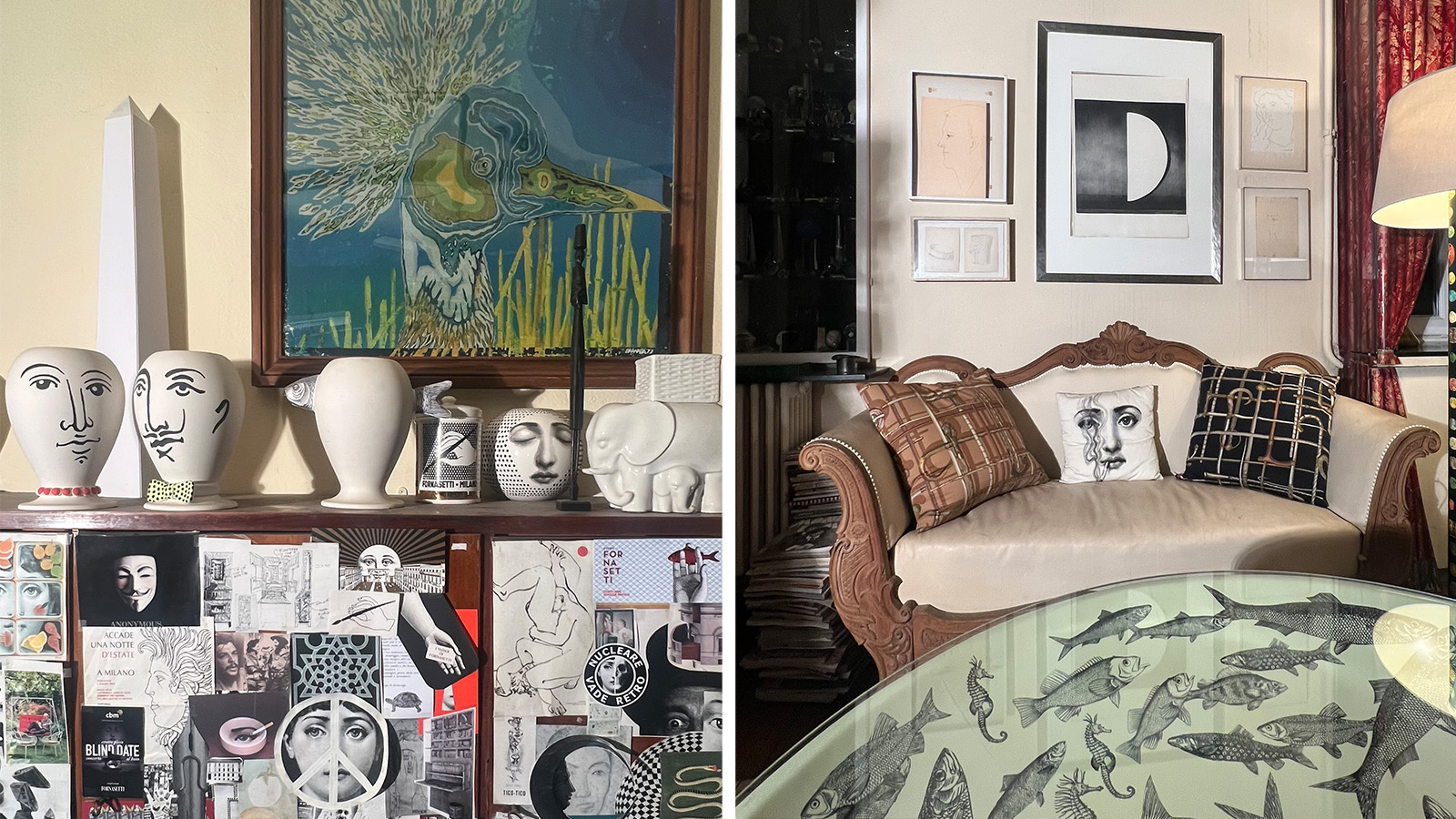
For over half a century, Fornasetti - founded in 1940 by Piero Fornasetti - has embodied artistic brilliance, seamlessly fusing a distinct style with boundless creativity. Gracing furniture, plates, candles, and carpets, the unmistakable Fornasetti style is a bold and visionary expression unique and recognisable (but also unmissable and inimitable), characterised by a decorative essence that eschews frivolity, maintaining a consistent and distinctive aesthetic, and a great deal of irony.
‘Imagination, fantasy, and creativity are perpetual sources of nourishment for the soul and spirit. It is a responsibility for those endowed with these gifts to share them generously,’ said Fornasetti, whose legacy is now carried on by his son Barnaba, now at the helm of the company.
The brand's philosophy, centred on merging functionality with artistic flair, finds embodiment in Casa Fornasetti, the historic 19th century home in Milan's Città Studi quarter. It’s a location the international design community knows well, thanks to its legendary party held every year during Salone del Mobile that marks the end of the week-long design celebrations in the city.
Originally a family abode, it was transformed into an artistic sanctuary under Piero Fornasetti's influence. Today, under the direction of Barnaba, it serves as both a private residence and the hub of Fornasetti's creative endeavours. Barnaba's touch has turned it into a true manifesto of Fornasetti aesthetics – and his own. Preserving memory is paramount for Barnaba, something that is evident in the meticulously curated archive, housing 13,000 drawings and objects. Casa Fornasetti, with its whimsical allure, stands as a living testament to this original Italian story, and carries on its founder’s perpetual exploration of creativity and design.
Step inside the creative mind of Barnaba Fornasetti
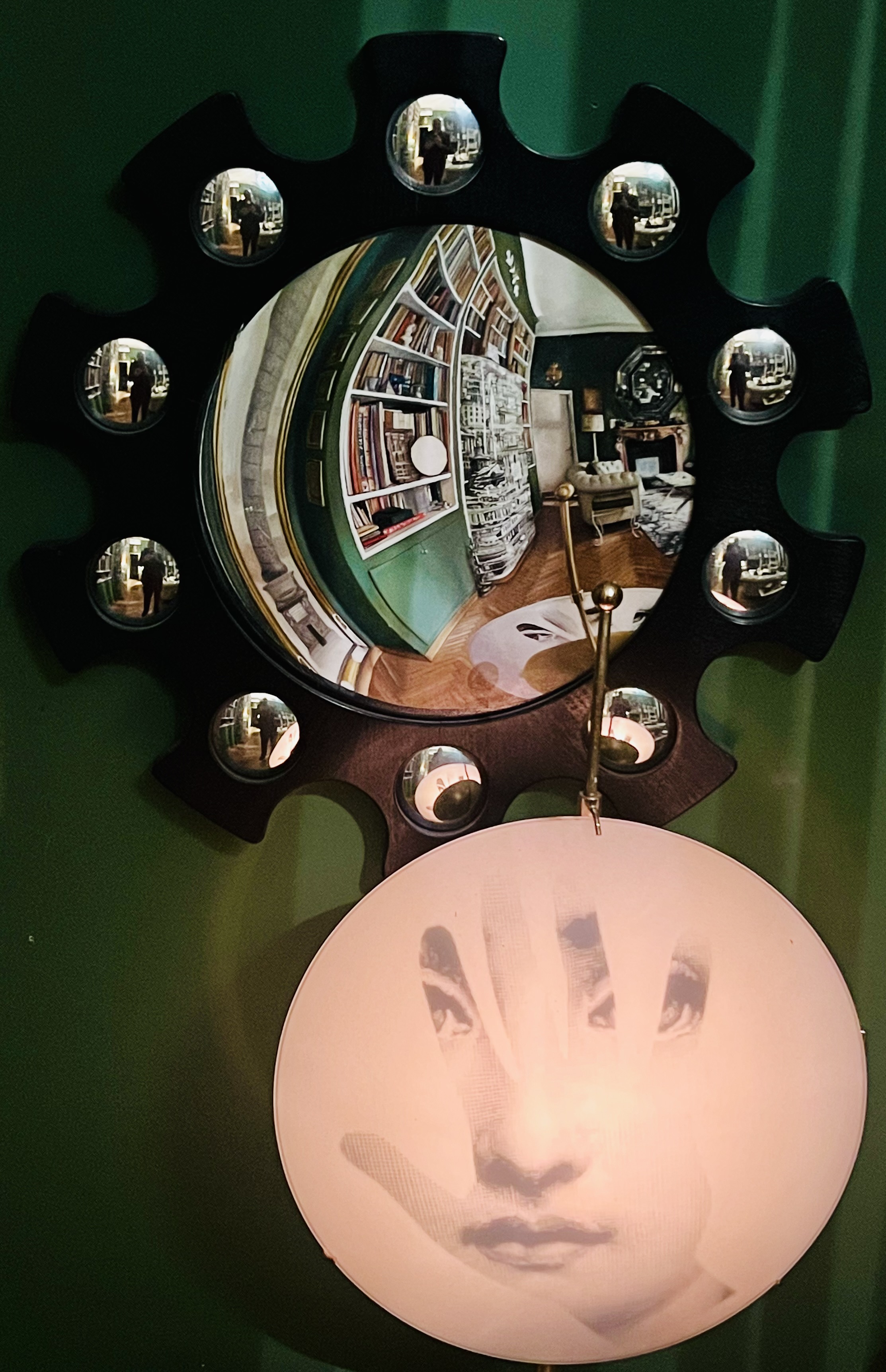
Wallpaper*: Can you tell us about your home?
Barnaba Fornasetti: Over the years, through all its changes, it has become the manifesto par excellence of the Fornasetti aesthetics, its imaginative capacity and creativity. The house where I live represents more than a century of real, social, familial and creative life. It is a daily memory, without nostalgia, which brings me the joy of doing what you see today, represented by the Fornasetti brand.
W*: Where is your favourite place at home?
BF: I love all the rooms. Which one I’m using most depends on my mood or my state of mind, the weather, the light, whether I’m eating or listening to music or reading or working.
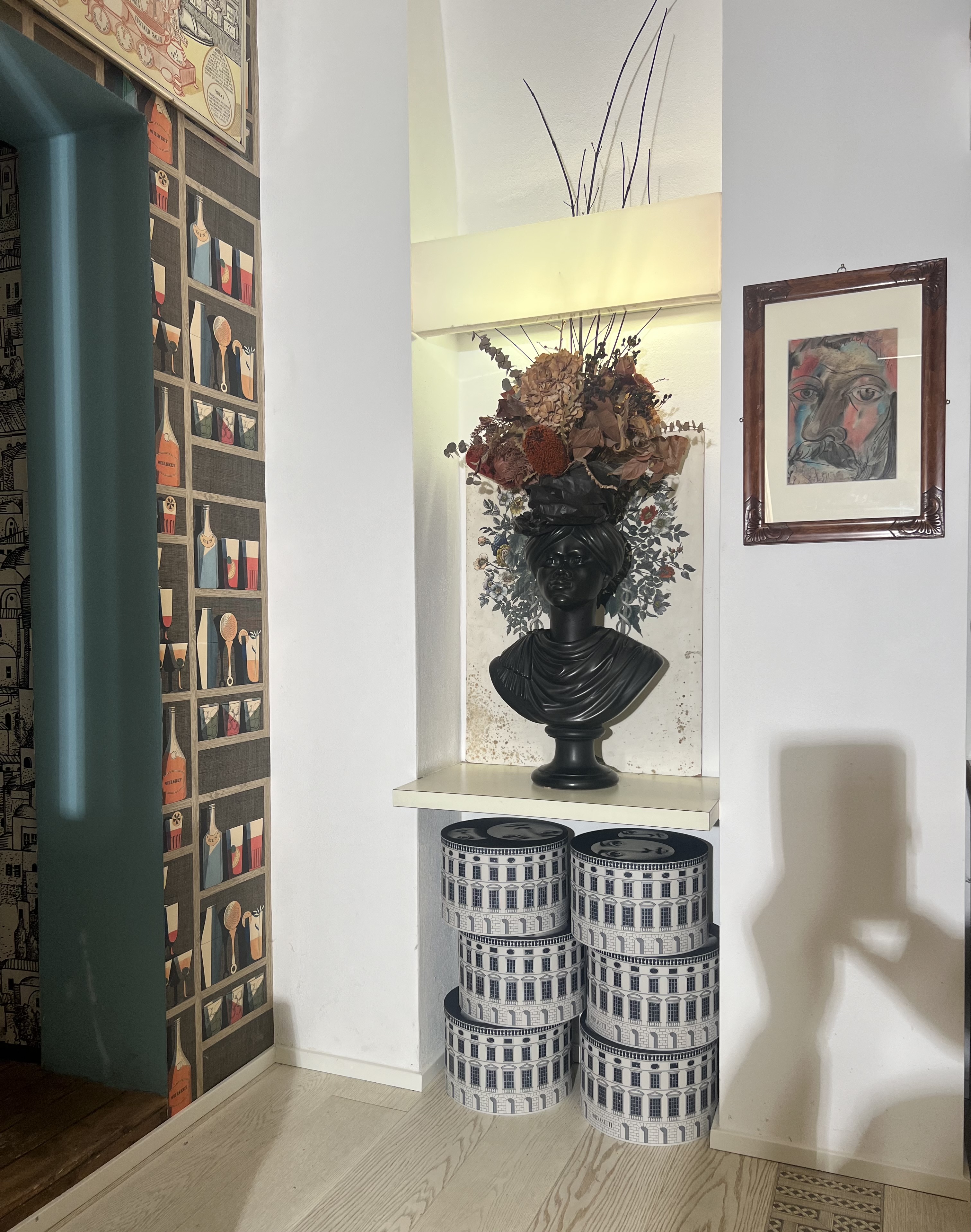
W*: Describe your neighbourhood/area.
BF: Città Studi is an interesting neighbourhood because it developed according to an urban plan of a University city, following a design that I would define as service-oriented and on a human scale. And that is still quite intact. It’s still possible to read the urban plan linked to the various university faculties. In other areas of town, it’s rare to find a neighbourhood well preserved in its original plan.
W*: If Wallpaper* came for dinner, what would you cook us?
BF: I’m not so good at cooking, but my guests say my “risotto alla milanese” is excellent. I cook other variations on this theme. I have a friend, Hugh Findletar, a Jamaican who cooks very well and often works with me. He creates glass pieces in collaboration with Murano glass-blowers and perhaps there’s a relation with cooking and glass firing.
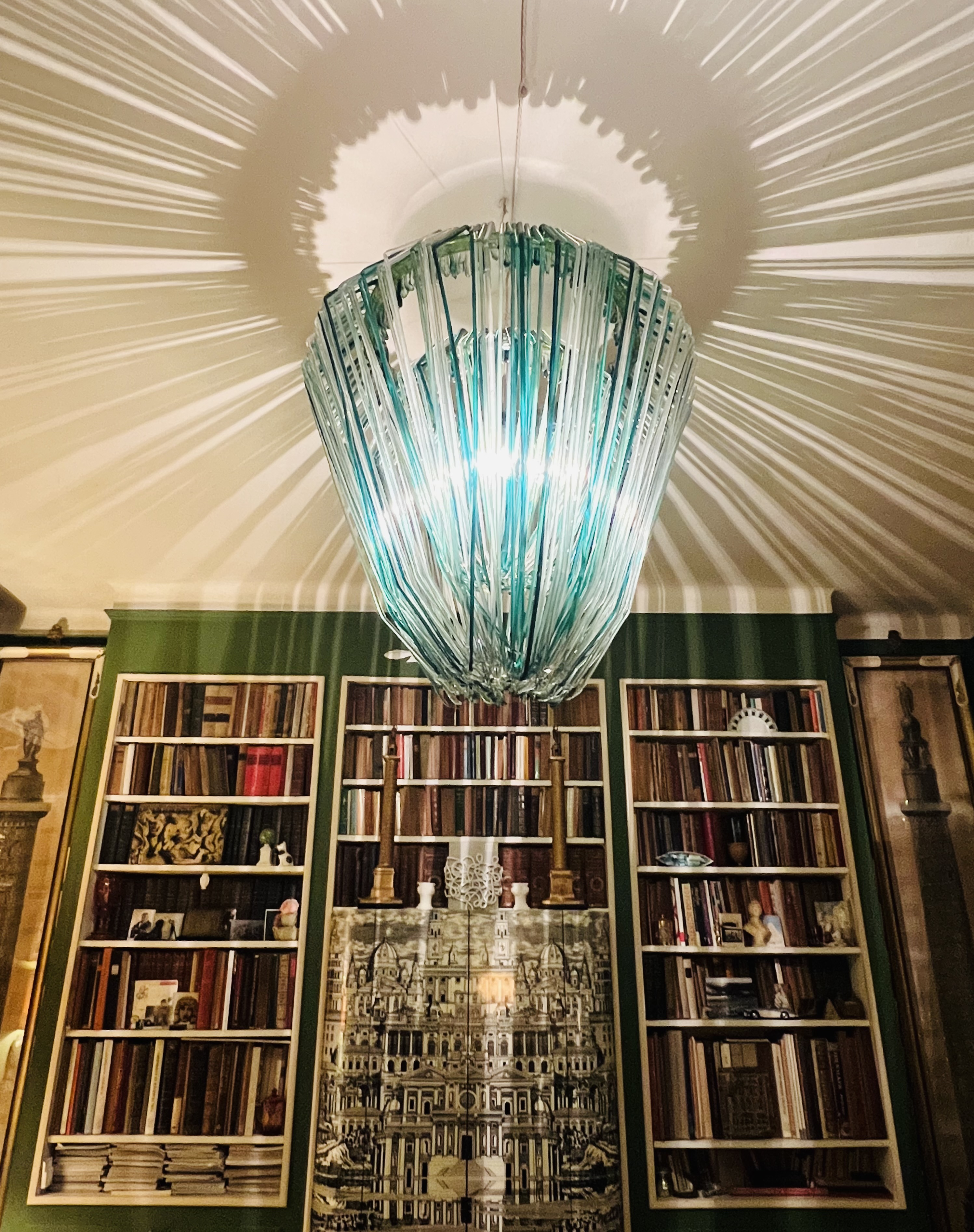
W*: What’s your favourite indulgence and why? When did you last indulge?
BF: My indulgence is to change the small installations I make around the home. This allows me to develop my creativity. My home is a place where the eye can imagine surreal worlds, even if my messy garden is where my brain indulges more. The garden is a large canvas where you can play with the colours of nature and learn slowness. It takes time to see the ideas you create come to life.
W*: What is your favourite place, anywhere in the world? And why?
BF: I love the sea since I love swimming, especially in Greece where it’s still possible to find islands with few people and deserted beaches reachable only by sea. I believe that true luxury is a beach without people where you can only hear the sound of the sea.
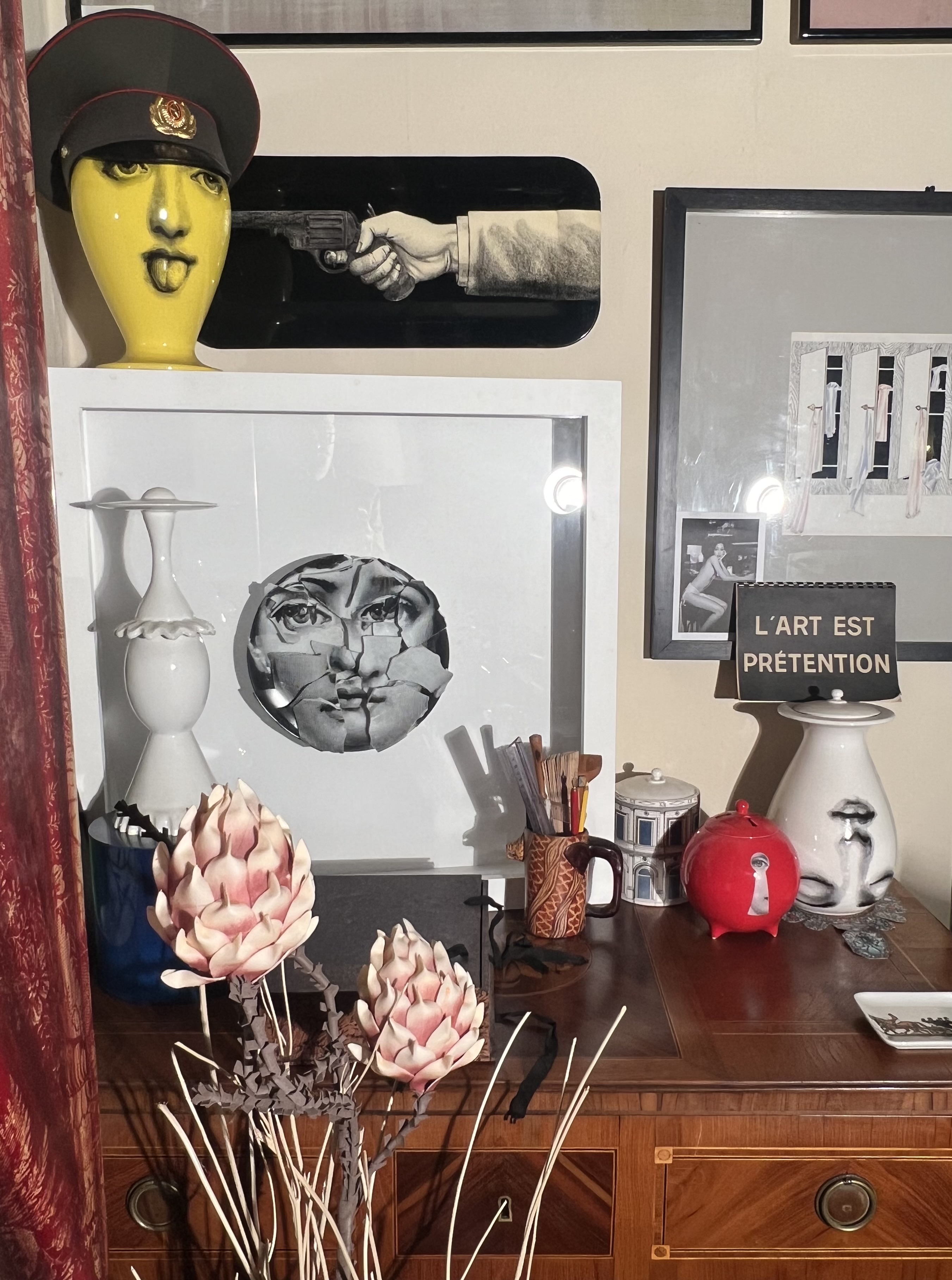
W* What do you collect?
BF: I have been collecting records since I was a child. And many small objects too, not necessarily of value. But often it’s so difficult to dust them all that you end up collecting various types of mites.
W*: What’s the last thing you bought?
BF: Second hand records of various musical genres, but the most important thing is a gift for the woman I love.
W*: Is there an item at home that you particularly treasure?
BF: A wall lamp made of real shells made in the late ‘50s. I helped my mother threading shells and I remember how many arguments I had with my father while she was threading hundreds of small shells.
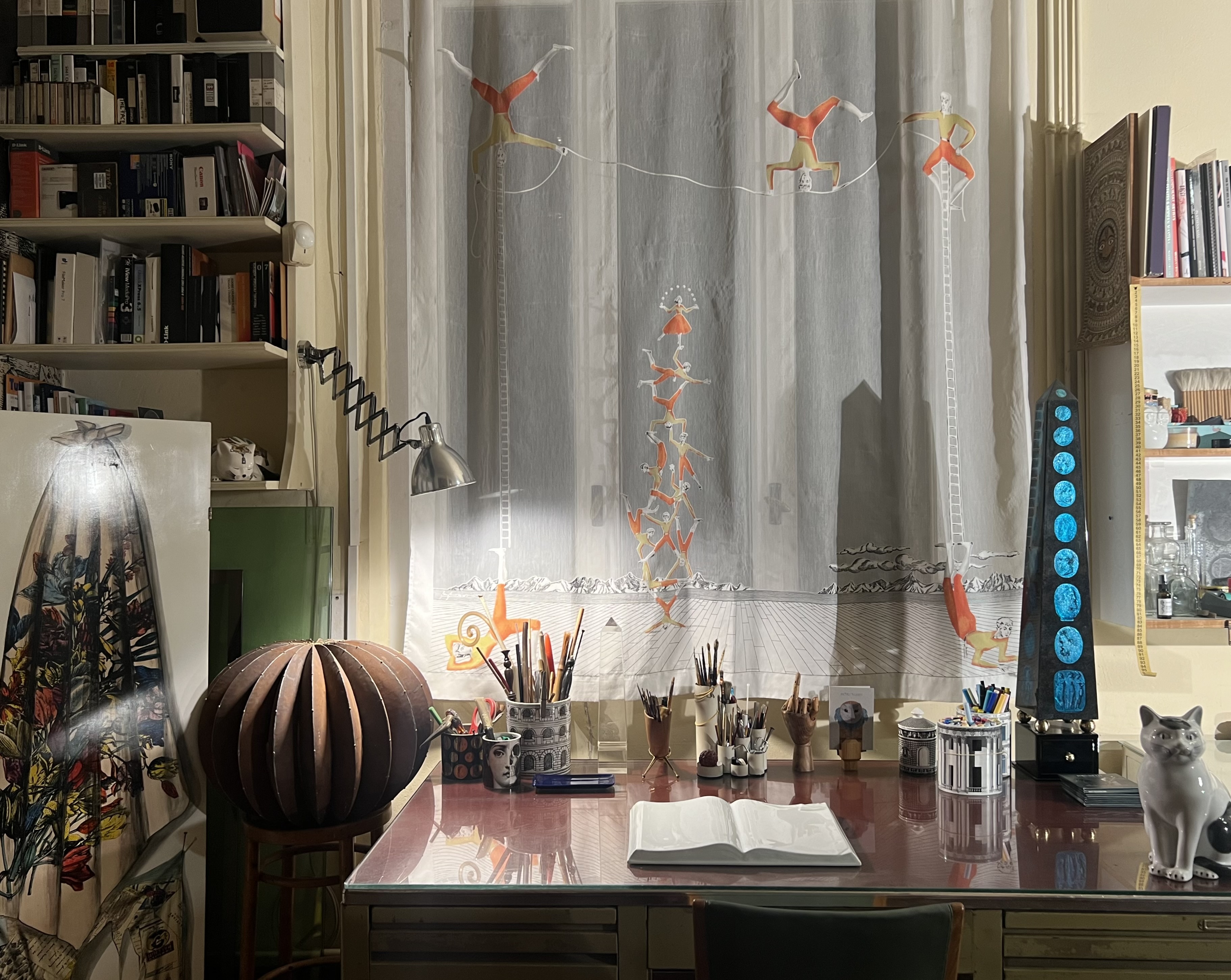
W*: The last object/item you lost? Will you replace it?
BF: I have lost my wallet with documents and credit cards more than once. Sometimes they give it back to me, but only once with money, which I gave to the kind lady who found it.
W*: What’s inspiring you right now?
BF: First of all, the biggest inspiration I have ever had comes from my father’s archive. This is the source of inspiration par excellence. In this archive you can find thousands of images and not only Fornasetti images but from everywhere and everyone. My father used to say “…I don’t limit myself and nothing is too esoteric to be used as inspiration. I want to free my inspiration from the limitations of the usual….”
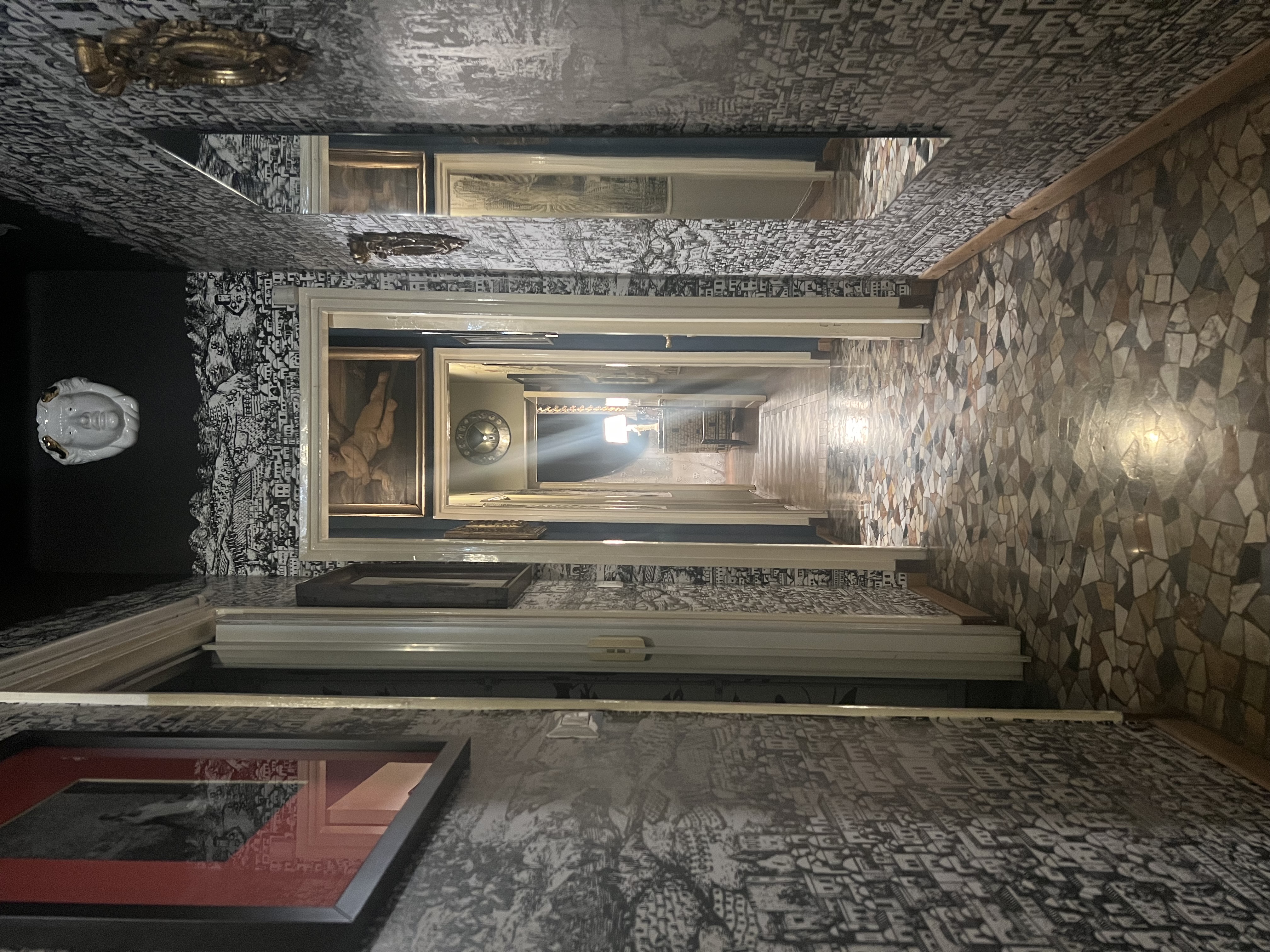
W*: What role does humour play in your work?
BF: Humour has always had a playful and subversive role in Fornasetti. Sometimes I would like to be more provocative, but the dynamics of the market do not allow me such freedom, and by adapting to them I live this contradiction typical of creative people.
W*: What do you do to relax? Do you have any rituals?
BF: Swimming is the most relaxing moment when I get the best ideas, but gardening too relaxes me a lot, without forgetting to pet my cats.
W*: What’s at the top of your to-do list?
BF: I would be interested in collaborating with architects, on external decorations in architecture.
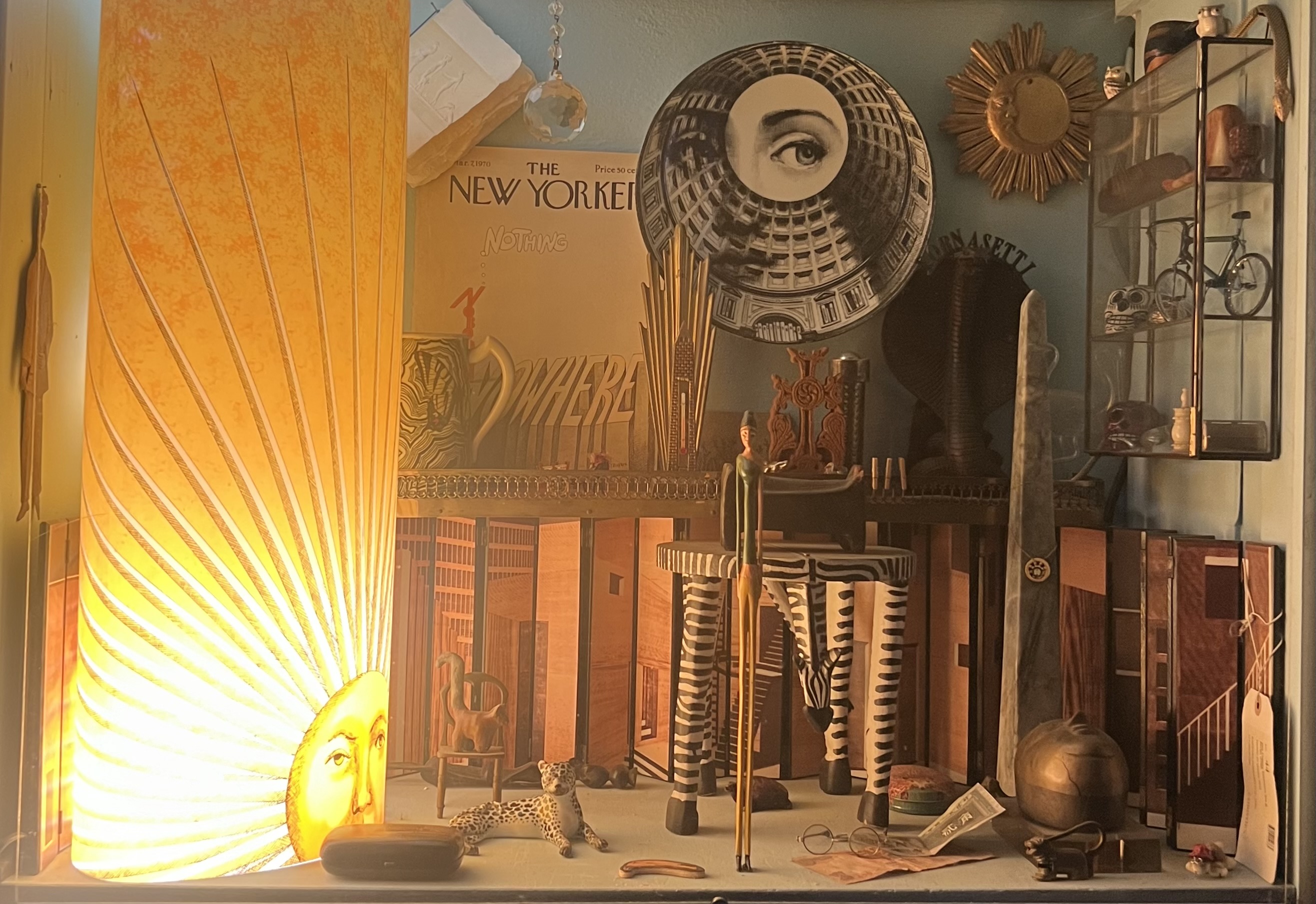
W*: How do you switch off? Do you switch off?
BF: Yes, when I go to sleep at night listening to some music or making love.
W*: Ten years from now you’ll be…
BF: Happy as I am right now.
A version of this article appears in the May 2024 issue of Wallpaper* available in print, on the Wallpaper* app on Apple iOS, and to subscribers of Apple News +. Subscribe to Wallpaper* today







